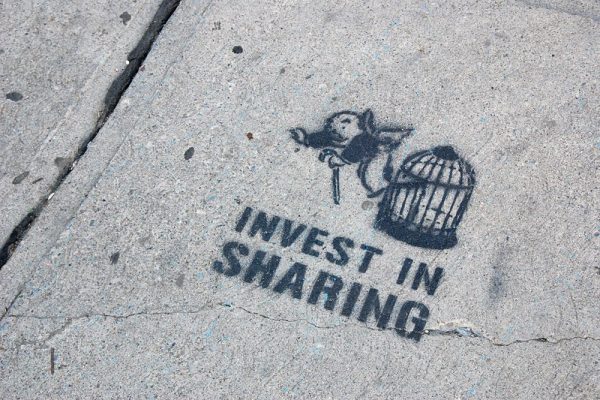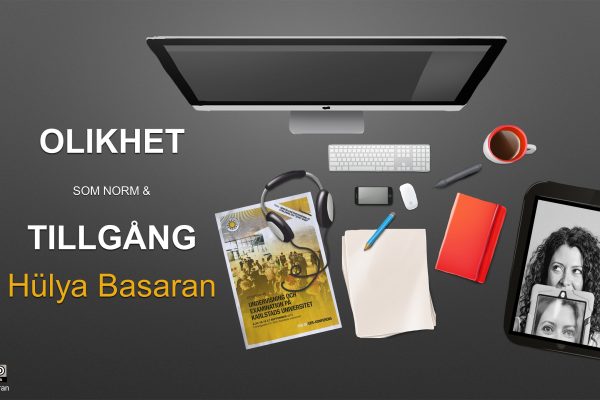For the last 4 years, I am the course convener for the course Marketing Strategies at Karlstad Business School. During the entire 15 ECTS (10 weeks, full-time) course, the students are working in small teams. They take on the role as marketing consultants and work together with and for a local company to analyse its’ marketing practices and provide recommendations at the end of the course. It is a very fun and challenging course with the idea to provide authentic assignments in order to prepare the students for upcoming tasks in their careers. One such future task, in for instance performance, appraisals, is to assess oneself as well as colleagues or subordinates (sometimes even managers).
At the same time, group work in University courses is an often used tool with a lot of advantages and the ability to work in teams is an often mentioned competency for the future (International Bureau of Education, American Management Association). I often ask myself though if we prepare the students well enough for group work and wonder if we not just assume that they know how to do it properly. Do we discuss it what makes a good team player? Which tools do we as teachers provide and are students required to reflect on their performance as group members?
Obviously, there are different opportunities to achieve this, with individual logbooks and group contracts probably being the most commonly used tools. Another option suggested in the literature, which also can be a prevention of social loafing or free-riding, is self and peer assessment.
This is how we did it.
Based on Clinebell and Stecher (2003), Paswan and Gollakota (2004) as well as Siciliano (1999) I developed a tool for self and peer assessment (see below). Before introducing the tool, I discuss with the students how an ideal team member behaves. Usually, there is a high overlap with the tool and the answers of the students and we agree that we can work with the five evaluation criteria “do your part”, “share your ideas”, “work towards agreement”, “keep a positive attitude” and “be competent” (see slides below). For each of the three modules of the course the students are required to assess themselves as well as their team members on the five criteria. We measured it several times in order to have a sort of formative assessment, that is, that the students get feedback during the course and can reflect and potentially change their behaviour already during the course. We conduct the assessment in Canvas by using the Quiz tool (Graded Survey). Before the measurement, we stress to the students to be reflective and not just give all fives or fours.
After the measurement, each student will receive the average of the assessments for each category by their team mates, that is, from the students perspective, this is an anonymous assessment. When we provide the feedback, we advise the students for their own personal development, to study the team mates answers carefully and to reflect on their own behaviour in the group. What were you doing well? Where can you improve? We also stress to compare the assessment by the team mates with their own assessment. Is it similar or different? Some students tend to be too hard on themselves. Others have a too positive self-perception. For their own personal development and subjective well-being, it will be good if the own assessment does not differ too much from those of the other team members.
In order to provide the feedback, we need to calculate each score in excel (see sheet below). This requires a good deal of manual labour unfortunately, but will hopefully be solved soon as part of the Rethink:KAU project.
We have conducted the self and peer assessment for several years now and from my experience it works rather well. The students do provide differentiated feedback to each other and their measurements coincide with my personal observations and opinions of each student. Administrating the assessment manually is a hassle, but as mentioned, this might be solved in Canvas in the very near future. It is a good way to identify social-loafing and a nice opportunity to talk about what good team work entails. It surely is not the only or the best way to do it, but definitely something we can have use in our AACSB accreditation process.





